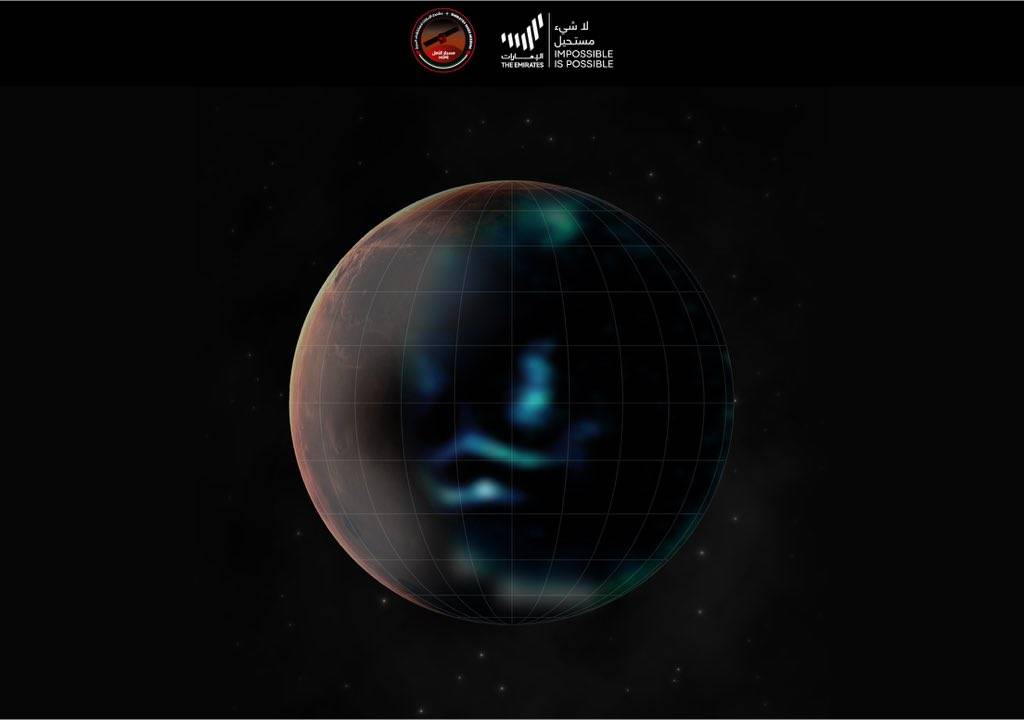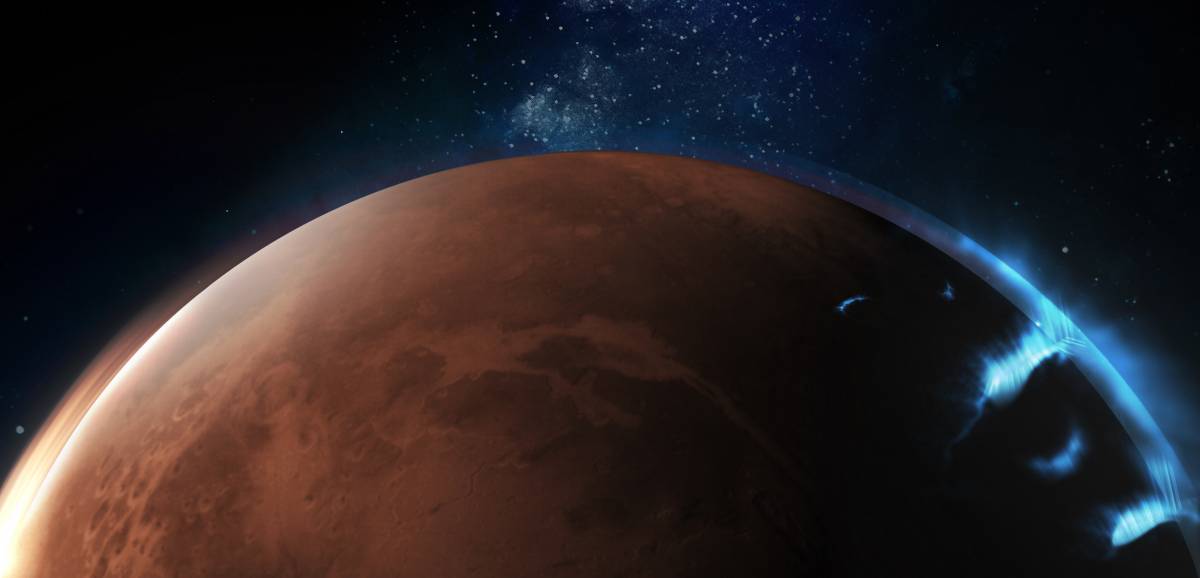The images have revolutionary implications for our understanding of the interactions between solar radiation, Mars’ magnetic fields and the planetary atmosphere….reports Asian Lite News
The Emirates Mars Mission, the first interplanetary exploration undertaken by an Arab nation, has released the first global images of Mars in the far-ultraviolet, providing new insights into the discrete aurora phenomenon in Mars’ nightside atmosphere.
The images have revolutionary implications for our understanding of the interactions between solar radiation, Mars’ magnetic fields and the planetary atmosphere.
“These unique global snapshots of the discrete aurora of Mars are the first time such detailed and clear observations have been made globally, as well as across previously unobservable wavelengths. The implications for our understanding of Mars’ atmospheric and magnetospheric science are tremendous and provide new support to the theory that solar storms are not necessary to drive Mars’ aurora,’ commented Emirates Mars Mission Science Lead, Hessa Al Matroushi.
The images, taken by the Hope Probe’s EMUS (Emirates Mars Ultraviolet Spectrometer) instrument, show a ghostly glow known as the discrete aurora. Its intricate patterns trace out the regions where Mars’ enigmatic crustal magnetic fields act like a funnel to guide fast electrons from space down into the atmosphere, causing it to shimmer in a manner similar to Earth’s aurora.
This influence of localised magnetic fields is a unique feature of the Red Planet as Mars, unlike Earth, does not have a global magnetic field generated by the planet’s core. The most sensitive ultraviolet instrument yet to orbit Mars, EMUS is able to image these dynamic auroral events globally at high resolution and across a wide range of wavelengths, providing an unprecedented window upon the interaction of the atmosphere with solar particles.

ALSO READ: UAE vows to strengthen cybersecurity capabilities
While previous studies had theorised the discrete aurora is tied to Mars’ magnetic fields and existing observations had been consistent with that theory, prior images of this phenomenon at this quality had only been available as artist’s impressions.
“We have totally blown out ten years of study of Mars’ auroras with ten minutes of observations,” said EMM Deputy Science Lead Justin Deighan.
“The data we are capturing confirms the tremendous potential we now have of exploring Mars’ aurora and the interactions between Mars’ magnetic fields, atmosphere and solar particles with a coverage and sensitivity we could only previously dream of. These exciting observations go above and beyond the original science goals of the Emirates Mars Mission.”
One of three instruments on board the Mars Hope Probe, EMUS’ principal science goal is the measurement of oxygen and carbon monoxide in Mars’ thermosphere and the variability of hydrogen and oxygen in the exosphere. Members of the science team who had previously worked on the MAVEN Mission had recognised the potential for the more sensitive EMUS instrument to capture new aspects of Mars’ auroral phenomena, but the results of early observations have exceeded their wildest expectations.
ALSO READ: UAE starts issuing work permits for Golden Visa holders

